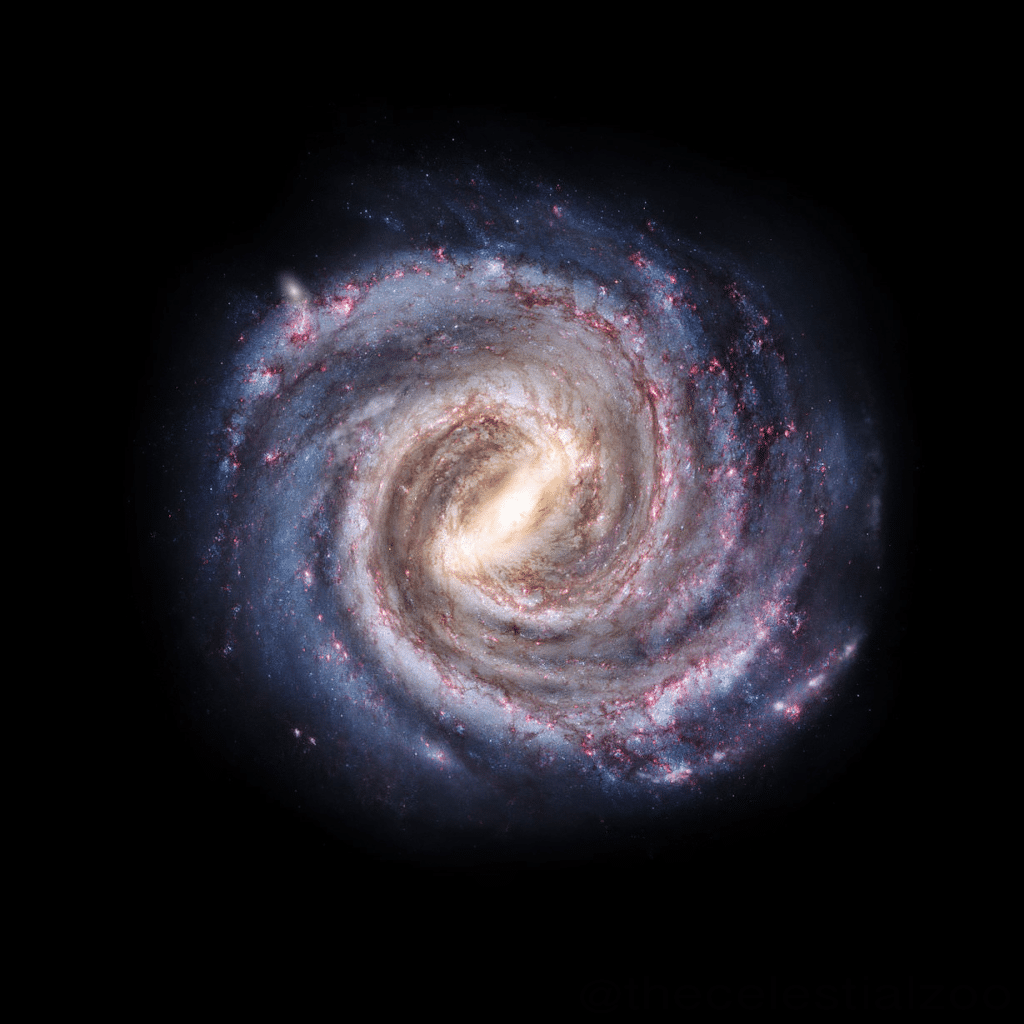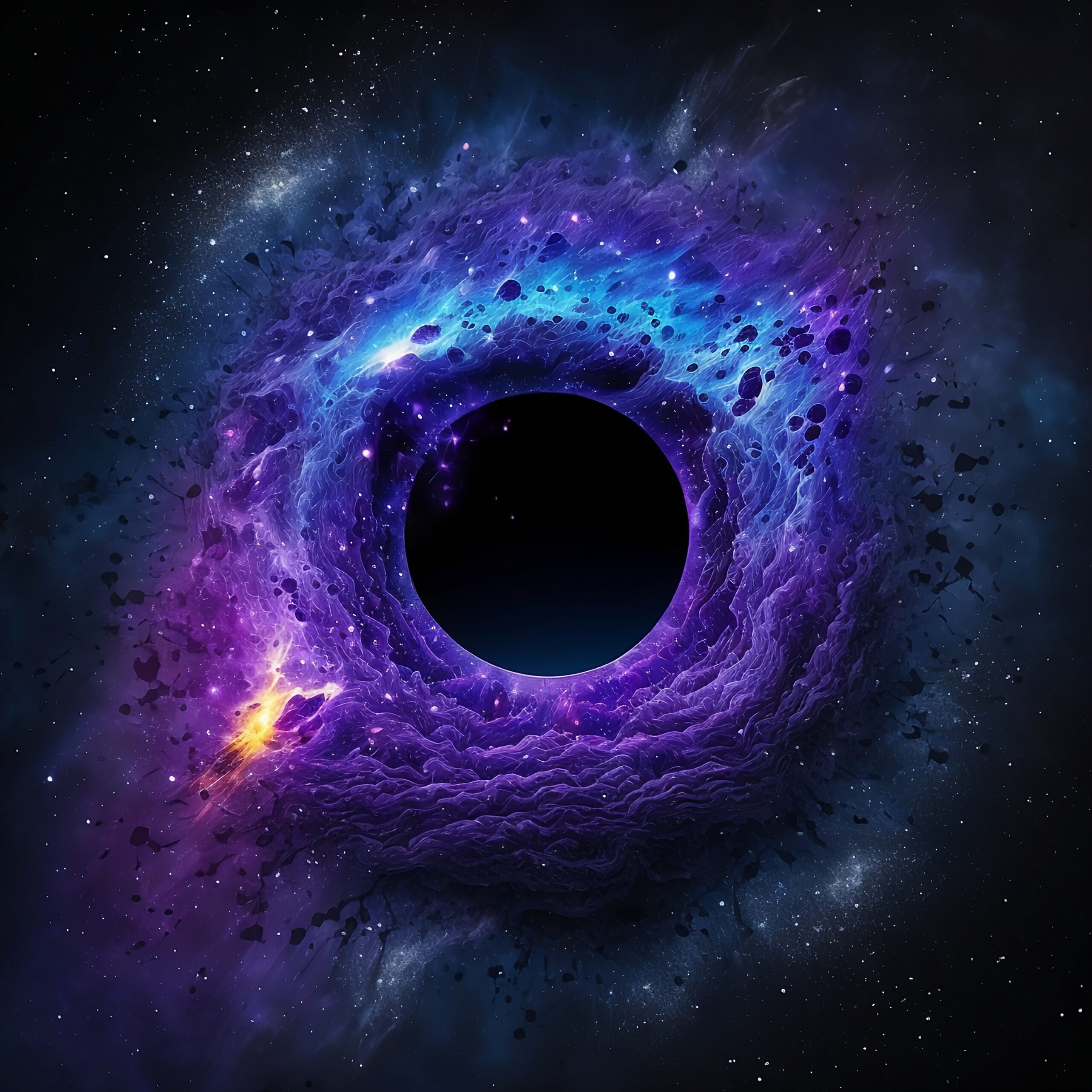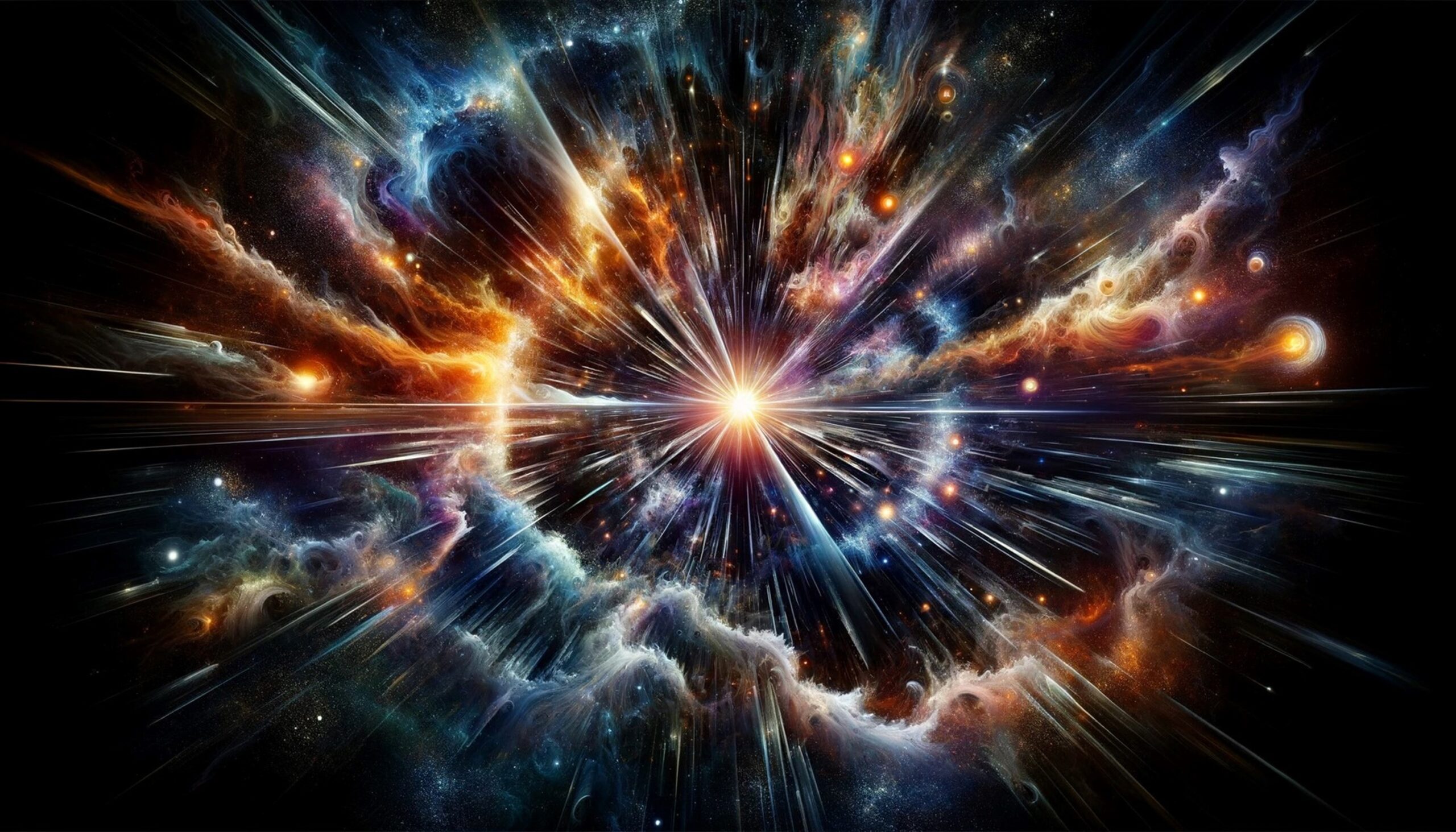- Introduction
- The Beginning of the Universe: The Start of It All
- Building Blocks: The Early Stages of the Milky Way
- The Milky Way Takes Shape: Formation of the Galactic Disk and Spiral Arms
- Growing Pains: Galactic Mergers and Cosmic Collisions
- The Role of the Supermassive Black Hole at the Center
- The Milky Way Today: What We’ve Learned and Ongoing Mysteries
- Conclusion
Introduction
The Milky Way is a massive, spiraling galaxy, full of stars, planets, and space dust. It holds clues about the history of the universe that goes back billions of years. Even though we often see its bright, cloudy band in the night sky, the true story of how it began and grew is still a big mystery, sparking interest from scientists and skywatchers alike.
In this article, we’ll dive into the story of the Milky Way. We’ll look at how it formed, what forces shaped it, and how it keeps changing. By the end, you’ll get an idea of the cosmic journey that built and keeps our galaxy alive.
The Beginning of the Universe: The Start of It All
Big Bang Origins: About 13.8 billion years ago, the universe began with the Big Bang. This event created space, time, and the basic building blocks of all matter. During the intense heat of these first moments, tiny particles came together to form the simplest elements—mainly hydrogen and helium. As the universe expanded and cooled, these early elements became the foundation for the galaxies that would form later.
Galactic Seeds: In the early universe, tiny differences in the concentration of matter—known as density fluctuations—set the stage for the creation of large cosmic structures. These small differences, made stronger by gravity, caused certain areas to collect more mass, forming dense pockets of matter. Over millions of years, these areas grew into the first “seeds” of galaxies. They pulled in more gas and dust, eventually creating massive stars. One of these early regions would grow, merge, and become the Milky Way, starting the process that would shape our galaxy.
Building Blocks: The Early Stages of the Milky Way
Gas and Dark Matter: In the early universe, huge clouds of hydrogen and helium began to come together, drawn in by the pull of dark matter. Although dark matter is invisible, it plays a crucial role by providing the gravitational framework for galaxies. This dark matter formed a halo around which regular matter, in the form of gas clouds, could gather. These clouds of hydrogen and helium were key to creating stars, marking the first steps in building the Milky Way.
First Stars and Proto-Galaxies: Inside these dense gas clouds, gravity caused the matter to collapse into tighter regions. As pressure and temperature rose, the first stars were born. These early stars were massive and burned fast, ending their lives in powerful supernova explosions. These explosions scattered heavier elements into space. Over millions of years, these proto-galaxies collided and merged, forming a more defined galactic core. These early events set the stage for the Milky Way to develop into a spiral galaxy with a distinct core and halo.

Page URL: https://commons.wikimedia.org/wiki/
Attribution: Pablo Carlos Budassi, CC BY-SA 4.0 https://creativecommons.org/licenses/by-sa/4.0, via Wikimedia Commons
The Milky Way Takes Shape: Formation of the Galactic Disk and Spiral Arms
Formation of the Disk: As the Milky Way grew from the merging of proto-galaxies and the collection of gas and dust, it began to take on a clear shape. Gravitational forces caused much of this material to flatten into a rotating disk around a dense, central bulge—the galactic core. Over time, this rotation became more organized, and stars, gas, and dust spread out into a thin, large disk. This disk structure allowed stars and other material to orbit the core in almost circular paths, creating a more stable and defined shape for the galaxy.
The Creation of Spiral Arms: The Milky Way’s famous spiral arms probably formed because of gravitational forces and the movement of large clusters in the galactic disk. The most accepted idea, called the “density wave theory,” suggests that the spiral arms aren’t fixed, but areas of higher density that move through the disk like ripples. As gas clouds and stars travel through these denser areas, gravity causes the gas to compress, which leads to the birth of new stars. These young, bright stars light up the spiral arms, creating a wave-like pattern that gives the Milky Way its signature spiral shape. Over billions of years, this structure has remained intact due to a balance between gravitational forces and the rotation of the galactic disk, keeping the spiral arms both distinct and in constant motion.
Growing Pains: Galactic Mergers and Cosmic Collisions
Colliding with Smaller Galaxies: The Milky Way’s growth has been shaped not just by its internal processes but also by its interactions with smaller galaxies nearby. Over billions of years, the Milky Way has merged with many dwarf galaxies, pulling in their stars, gas, and dark matter. These collisions have added material to the galaxy’s disk and halo, increasing its mass and changing its structure. Some stars from these ancient galaxies can still be seen today in streams and clusters, reminders of the galaxies that merged into the Milky Way. These mergers are a normal part of galaxy evolution and have played a major role in shaping the Milky Way into what it is today.
Ongoing Influence of the Magellanic Clouds and Andromeda: The Milky Way continues to interact with nearby galaxies, especially the Large and Small Magellanic Clouds. These smaller galaxies orbit the Milky Way and affect its outer regions, pulling gas and stars between them. These interactions bring new material into the Milky Way, fueling the formation of new stars and influencing the galaxy’s future. The Andromeda Galaxy, our closest large neighbor, is also heading toward a slow-motion collision with the Milky Way. In about 4.5 billion years, the two galaxies are expected to collide and merge, creating a massive elliptical galaxy. This future event is a natural part of galactic evolution and highlights how connected and dynamic the universe truly is.
The Role of the Supermassive Black Hole at the Center
Introducing Sagittarius A: At the center of the Milky Way lies a supermassive black hole called Sagittarius A (pronounced “Sagittarius A star”). This black hole is about 4 million times the mass of the Sun and has a strong gravitational pull on the stars and gas around it. It acts as the anchor for the galaxy’s core, keeping stars in orbit around it. Some of these stars move extremely fast, following elliptical paths near the black hole, which allows astronomers to study the black hole’s properties by observing their movements. While Sagittarius A* is not currently pulling in large amounts of material, it still plays a key role in shaping the dynamics of the galaxy’s center.
Black Holes and Galactic Dynamics: Supermassive black holes, like Sagittarius A*, are found at the centers of most large galaxies, including distant quasars from the early universe. These black holes impact the movement of stars and gas near the center of their galaxies, often causing high velocities and complex interactions. Their strong gravity can also help form large structures, like galactic bulges, and affect how many new stars are formed nearby. In some cases, the energy from material falling into the black hole can produce powerful jets that extend far beyond the galactic center, changing the distribution of gas and influencing the galaxy’s growth. Therefore, supermassive black holes play a crucial role in shaping the structure and evolution of galaxies, both by anchoring them and influencing their larger dynamics.
The Milky Way Today: What We’ve Learned and Ongoing Mysteries
Current Shape and Structure: The Milky Way is a barred spiral galaxy, with a central bulge, a rotating disk that contains spiral arms, and a vast halo made up of stars and dark matter. Our solar system is located in the Orion Arm, a smaller spiral arm between two larger ones—Sagittarius and Perseus. From our view on Earth, we see the galaxy as a bright, hazy band stretching across the night sky, with the galactic center about 26,000 light-years away. The disk spans about 100,000 light-years across and contains more than 100 billion stars, along with gas, dust, and dark matter, all contributing to the galaxy’s mass and structure.
Unsolved Mysteries: Even though we’ve learned a lot, many mysteries about the Milky Way exist. One of the biggest unknowns is dark matter. It makes up a large part of the galaxy’s mass, but we can’t see it directly. We know it influences the galaxy’s rotation and the movement of stars, but we still don’t know exactly what it is. Another mystery is the formation and maintenance of the spiral arms. While theories like the density wave theory exist, the exact processes that create and sustain the spiral structure are not fully understood. Scientists are also studying the influence of nearby galaxies, especially the Magellanic Clouds and the Andromeda Galaxy, whose interactions continue to shape the outer regions of our galaxy. Finally, research into the Milky Way’s past mergers continues. Understanding how ancient collisions have affected the galaxy’s structure and evolution is an ongoing challenge. These puzzles keep scientists excited, and discoveries are being made all the time, bringing us closer to solving the galaxy’s remaining mysteries.
Conclusion
The Milky Way’s journey from a dense cloud of particles to the vast spiral galaxy we see today is a story of cosmic evolution that spans billions of years. Starting from the Big Bang’s first elements to the formation of stars, galaxies, and the merging of smaller galaxies, each event has helped shape our galaxy’s current structure. The creation of its rotating disk, the development of its beautiful spiral arms, and the influence of the supermassive black hole at its center all play important roles in the ongoing changes in our galactic home. The Milky Way, with its stars, gas, and dark matter, is always evolving.
When we look up at the night sky, it’s amazing to think about how much we’ve learned about the Milky Way’s history and evolution. Understanding where our galaxy came from helps us understand our place in the universe—how we are connected to the stars and the forces that have shaped everything. The future of the Milky Way, especially its upcoming collision with Andromeda, promises even more discoveries and changes. As we continue to study and explore, we are reminded of the many mysteries still waiting to be uncovered, sparking our curiosity about the future of the Milky Way and the universe.
Share the knowledge with

